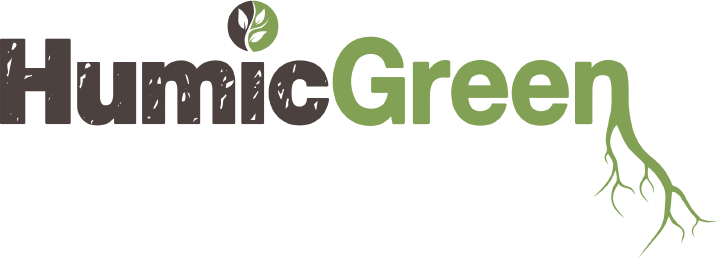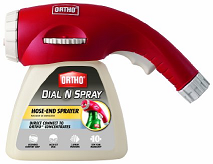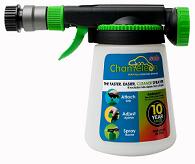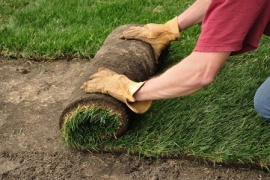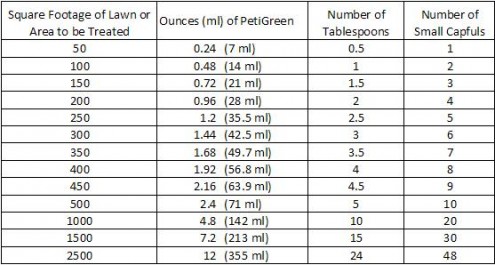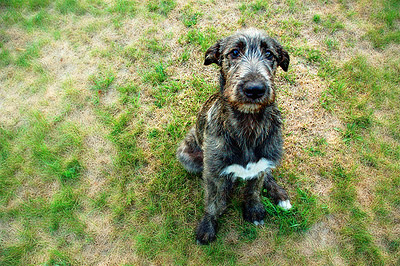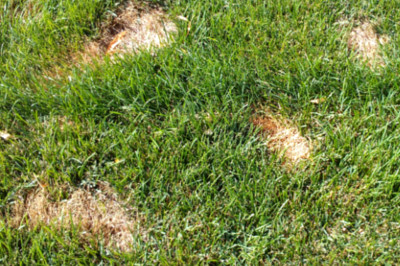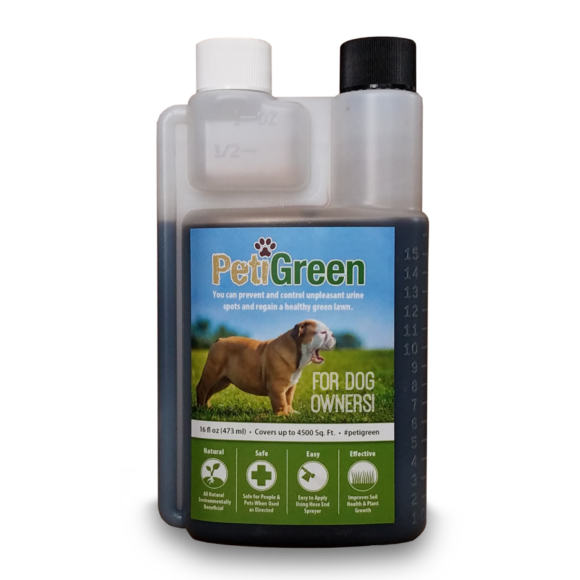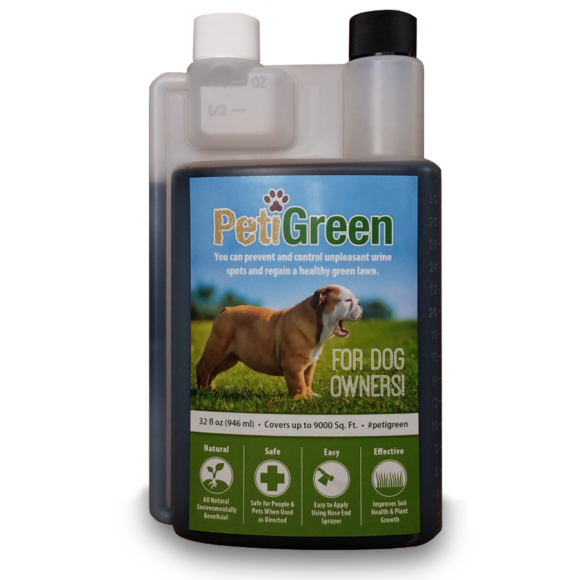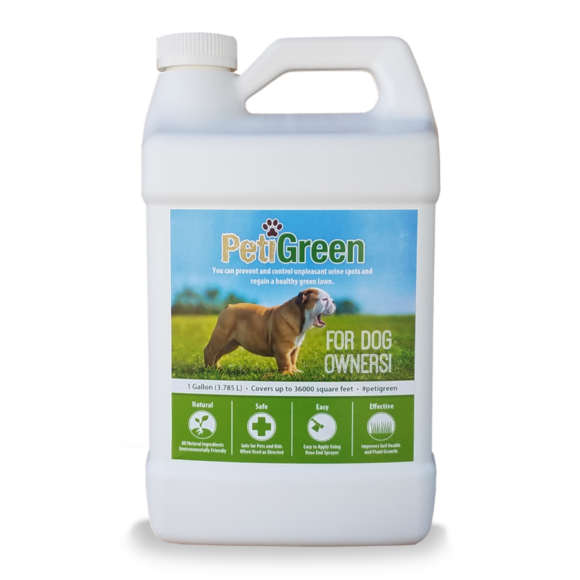Typically a lawn does not contain enough soil microbes to protect it against the salt and the excessive amount of nitrogen that can exist in dog urine. PetiGreen helps improve the environment of the soil. Over time it can support a large population of soil microbes that will thrive. When the population gets big enough it can process the excessive nitrogen from the dog urine fast enough that the grass is not damaged. It takes time to get the population to that size.
There are other products we have seen that feature microbes as the solution to the dog urine problem. Simply adding microbes does not create the conditions in the soil the microbes need for them to survive. You have to change the environment of the soil so they can not only survive but thrive.
When you apply PetiGreen soil microbes begin to increase in population. They usually process enough nitrogen from the soil at the dead spots in just a few weeks. This allows new seed to germinate and grow. Reseeding the spots can help improve the appearance of your lawn while the environment continues to improve and the microbial population continues to grow until it is finally large enough to prevent dog urine from killing your grass.

